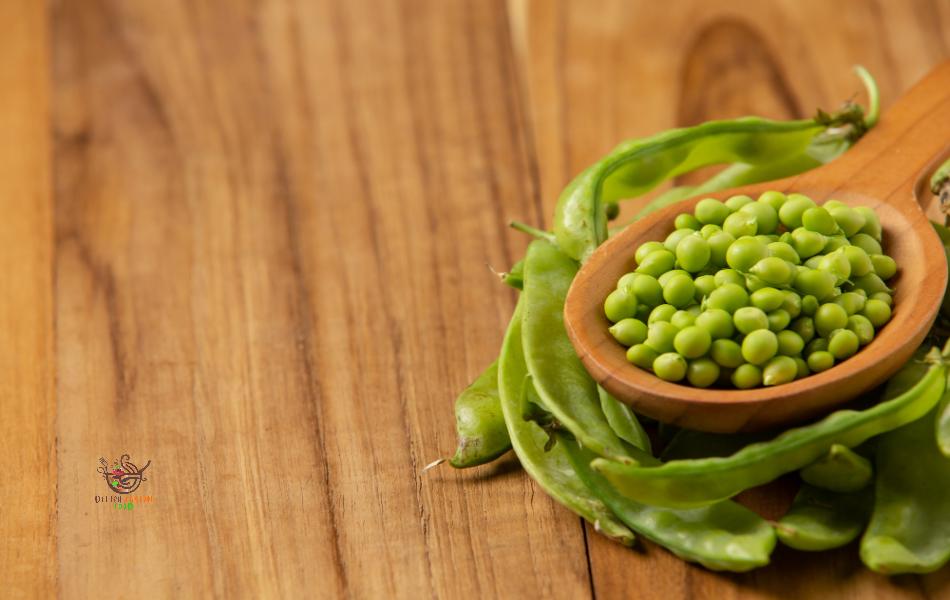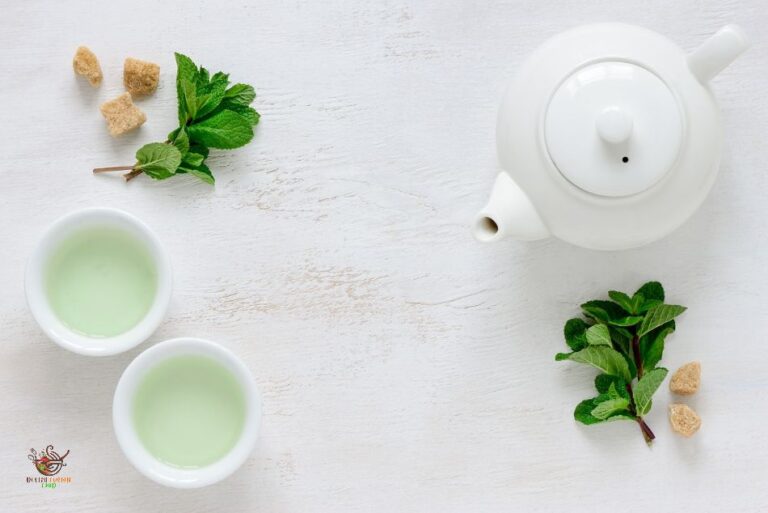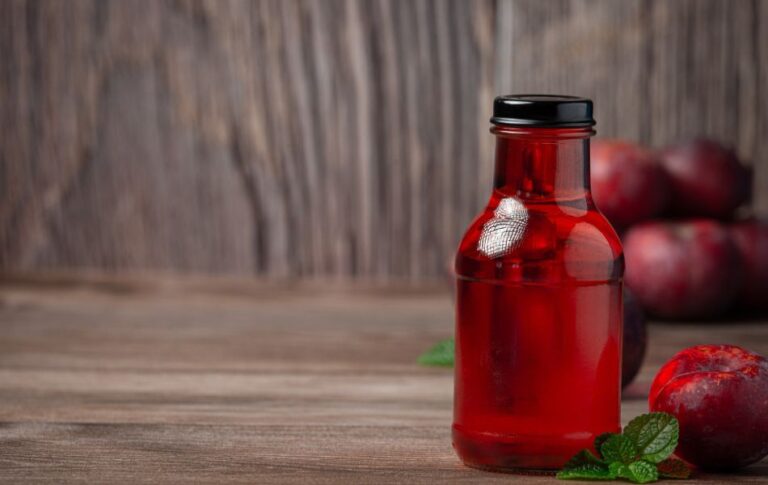Fava Bean Substitutes: Alternatives You Can Try
Fava beans are a versatile and delightful ingredient appreciated for their mood-boosting qualities. Commonly enjoyed in soups, they can also be used in creamy dips, side dishes, or fried for a crispy texture, adding a unique flavor.
For those without access to fava beans or looking to try something new, there are several Fava bean substitutes available. These include different types of beans, various vegetables, and some grains that can provide similar flavors and textures in recipes.
While these alternatives may not perfectly replicate the taste, texture, or nutritional content of fava beans, with a bit of creativity and experimentation, they can offer fresh and enjoyable ways to enhance your cooking.
What is a Fava Bean?
Fava beans, also called broad beans, are green legumes. They come in pods that hold the beans. The beans are light green with a wide, flat, tough exterior. They’re larger and broader than green peas.
These beans are the principal beans in Europe. They’re found most often in the Mediterranean and the Middle East. However, they’re also widely popular in African and South American cuisines. Fava beans are among the oldest cultivated legumes, dating back to 6000 BCE.
Nutritional Profile of Fava Bean
Fava beans contain abundant protein, fiber, and vital vitamins and minerals.100 grams provides about 7.6 grams of protein, 5.4 grams of fiber, and significant amounts of various nutrients like B vitamins, Vitamin A, choline, folate, copper, iron, magnesium, manganese, potassium, selenium, and zinc.
Best Fava Bean Substitutes
1. Dry Fava Beans
If fresh fava beans aren’t available, dried fava beans can be used instead. They’re cooked like other beans, soaked, and simmered in water. Overnight soaking is recommended. Dried fava beans have a flavor similar to chickpeas, making them a good substitute. They’re great for falafel, soups, stews, and pastes.
2. Lima Beans
Lima beans, a versatile legume, are known for their nutritional value and pleasant flavor. They’re native to South America, usually small and green but can be white or yellow. Though less known than fava beans, they make excellent fava bean substitutes.
Lima beans offer similar benefits: high protein, iron, and fiber content, plus potassium and folate. When cooked, they have a creamier texture than fava beans, which some may prefer. They’re easily found in most grocery stores, making them a convenient alternative.
3. Cannellini Beans
These large white beans resemble northern beans. Cannellini beans are a good substitute for fava beans because their shape, size, and heartiness are similar. Additionally, both are native to Italy.
Cannellini beans are available dried and canned at mainstream grocery stores. Use them in a 1:1 replacement in any recipe. For creamy texture in soups, stews, or risottos, this can be a preferred replacement.
4. Edamame
Edamame is a young, green soybean with a texture and flavor similar to fava beans. Typically served in their pods, they offer a wealth of essential nutrients like protein, fiber, and B vitamins, making them nutritious and flavorful.

In addition to their nutritional advantages, edamame enjoys broader availability. While fava beans may be scarce in certain regions and only accessible seasonally, edamame is readily available year-round, especially in Asian markets.
Edamame is also easier to prepare compared to fava beans. With no need for shelling or lengthy cooking, you can boil or steam the pods, add a sprinkle of salt, and enjoy a nutritious and delicious snack, similar to crispy fava beans.
5. Pigeon Peas: A Simple Substitute to Fava Beans
If you haven’t experienced pigeon peas yet, it’s time to give them a try. Despite their name, pigeon peas belong to the bean family.
Pigeon peas share the versatility of fava beans, making them a delightful kitchen substitute. If purchased during their peak season as vibrant, young green pods, pigeon peas can even be enjoyed raw.
Furthermore, pigeon peas offer a slightly starchy texture and a nutty flavor, distinct from the sweetness of green peas. They excel in absorbing the flavors of accompanying ingredients in any dish.
6. Sugar Snap Peas: An Alternative for Fava Bean
Sugar snap peas are packed with fiber, protein, and minerals, making them a healthy addition to any meal. Like fava beans, they work well in soups, salads, and stir-fries. What’s great is they’re easy to prepare – no need for shelling or blanching. With their mild, slightly sweet taste, sugar snap peas complement a variety of dishes, whether savory or sweet. They’re versatile ingredients to keep on hand for quick and nutritious cooking.
7. Snow Peas
Snow peas, like fava beans, offer protein, fiber, and vital nutrients without the extra calories and fat. They’re versatile, fitting into salads, stir-fries, soups, or as a standalone snack.
What makes snow peas stand out is their neutral taste. Unlike fava beans, which have a distinctive flavor, snow peas are milder with a crisp texture, blending seamlessly into various dishes.
8. Green Peas
Green peas make an excellent substitute for fava beans due to their similar texture, taste, and nutritional value. Unlike fava beans, green peas are available year-round, making them a convenient option.

Another advantage is their easy preparation; there’s no need for shelling. Just blanch or sauté the peas, similar to snap peas, and they’re ready to use.
In terms of nutrition, green peas are noteworthy for their iron content, crucial for maintaining healthy blood flow, and vitamin C, known for bolstering the immune system. They’re also rich in folate and serve as an excellent vegetarian protein source, boasting all nine essential amino acids.
9. Black Beans
While fava beans have a unique flavor and texture, black beans offer a comparable taste and nutritional profile. Packed with essential nutrients like folate, magnesium, and potassium, they are also rich in antioxidants, protecting against chronic diseases.
In the kitchen, black beans can be mashed for dips, added to soups and stews, or used as a protein source in vegetarian and vegan recipes. Paired with rice, they create a dish containing all nine essential amino acids.
10. Black-eyed Peas
Black-eyed peas are an excellent protein, fiber, and iron source, packed with essential vitamins and minerals like folate, potassium, and magnesium. Surprisingly, they contain slightly more protein and fiber than fava beans, offering a healthier alternative. While they may not provide the same amino acid balance, they’re versatile and can be seasoned to suit various taste preferences, making them perfect for flavor experimentation.
11. Red Kidney Beans
Red kidney beans provide a texture and taste similar to fava beans, making them versatile for various dishes. Rich in plant-based protein, fiber, and essential nutrients, they offer a nutritious option.
Similar to fava beans, red kidney beans can be used in salads, stews, dips, and spreads. When cooked, they have a slightly firm exterior with a creamy interior. They also serve as a hearty meat substitute in many recipes, catering to vegan and vegetarian diets.
12. Lentils
Lentils, small disk-shaped legumes found in various colors like green, red, brown, and black, offer versatility in cooking with their earthy flavor and firm texture. While they don’t have the same sweetness as fava beans, they provide a similar mouthfeel in many recipes.
Nutritionally, lentils are packed with protein, fiber, vitamins, and minerals, making them a powerhouse ingredient. They are a convenient substitute for fava beans due to their shorter cooking time, ideal for quick-cooking dishes.
13. Chickpeas
Chickpeas, or garbanzo beans, serve as a fantastic substitute for fava beans. They boast higher protein, fiber, and iron content, making them ideal for vegetarians, vegans, and health-conscious individuals. Packed with magnesium, potassium, and vitamin B6, chickpeas support a healthy immune system and muscle function. Their versatility shines in dishes like hummus, salads, stews, and curries, offering a delicious and nutrient-rich alternative to fava beans.
See Also – Best Navy Bean Substitute – Handy for Your Kitchen
FAQs
Is it safe to consume fava beans on a gluten-free diet?
Yes, fava beans are gluten-free, low in calories, and rich in fiber, ideal for gluten-free diets.
How do fresh and dried fava beans differ?
Fresh fava beans boast a delicate flavor ideal for seasonal enjoyment, while dried fava beans offer a stronger taste and longer shelf life. However, both varieties require thorough peeling and cooking before consumption.
Is it possible to utilize frozen, dried, or canned fava beans?
If fresh fava beans aren’t on hand, canned, dried, or frozen options serve as excellent substitutes. While frozen or canned beans require no soaking, dried ones may need additional cooking time after soaking.
Why are some people unable to eat fava beans?
Favism, also known as G6PD deficiency, is a genetic condition where consuming fava beans triggers hemolytic anemia due to the lack of the enzyme G6PD. This condition destroys red blood cells and blockage of blood vessels, potentially resulting in kidney failure and even death if blockages occur in the kidneys. While typically identified in childhood, favism can also manifest in adults.







